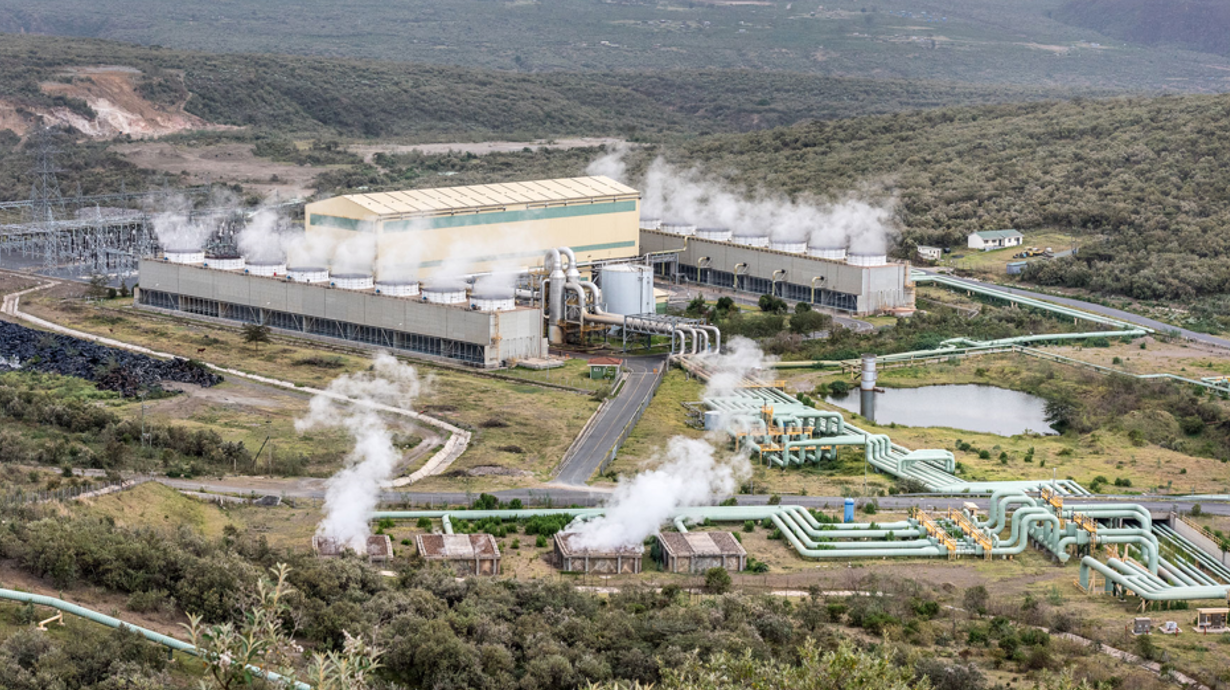PtX Hub in Kenya
Industrialising Kenya's economy with Power-to-X
Kenya is one of the largest and fastest growing economies in East and Central Africa and aims to become a newly industrialising middle-income country by 2030, according to its development blueprint Vision 2030. The role of energy as an enabler cannot be overstated for developing industries, improving food security and achieving other targets. As a signatory to the Paris Agreement, Kenya is also setting high targets for its National Determined Contribution (NDC), which aims to reduce greenhouse gas (GHG) emissions by 32% by 2030.
Kenya is uniquely positioned to harness its abundant renewable energy resources such as geothermal, solar, biomass, wind and hydropower to meet its current and future energy needs. Through policies and strategies such as the National Energy Policy, Kenya National Electrification Strategy, Kenya Energy Transition & Investment Plan and others, Kenya has made great strides in promoting renewable energy projects.
Currently, renewable energy accounts for 73% of installed capacity, with geothermal and hydro accounting for the largest share, but there is an increase in wind and solar with 13% and 7% respectively. Other policies under consideration, such as Renewable Energy Auction and Captive Power policy, would also accelerate the development of renewable energy projects to provide competitive renewable energy.
Beyond renewables, Power-to-X and green hydrogen are high on the Kenyan government’s agenda, and recently the Green Hydrogen Strategy and Roadmap for Kenya was launched at the Africa Climate Summit in September 2023. The 10-year strategy and roadmap, to be implemented in two 5-year phases, aims to harness Kenya’s renewable energy resources and innovative mindset to boost agricultural production, industrialisation and decarbonisation. The strategy prioritises no-regret options to kick-start a hydrogen industry such as fertiliser production, while also enabling Power-to-X and hydrogen opportunities in sectors such as chemicals, transport (aviation and shipping) and others.
To ensure the sustainable socio-economic development that the government is aiming for, it is necessary to ensure that there is a just energy transition, where goals such as access to clean, sustainable and affordable electricity are universal, and that energy needed for other economic areas is not diverted to Power-to-X and green hydrogen. This will require more investment in the energy sector to develop green hydrogen industries. There is already a conducive environment for increased investment as Kenya is a regional financial centre with a skilled workforce and a hub for communications and logistics in the region.
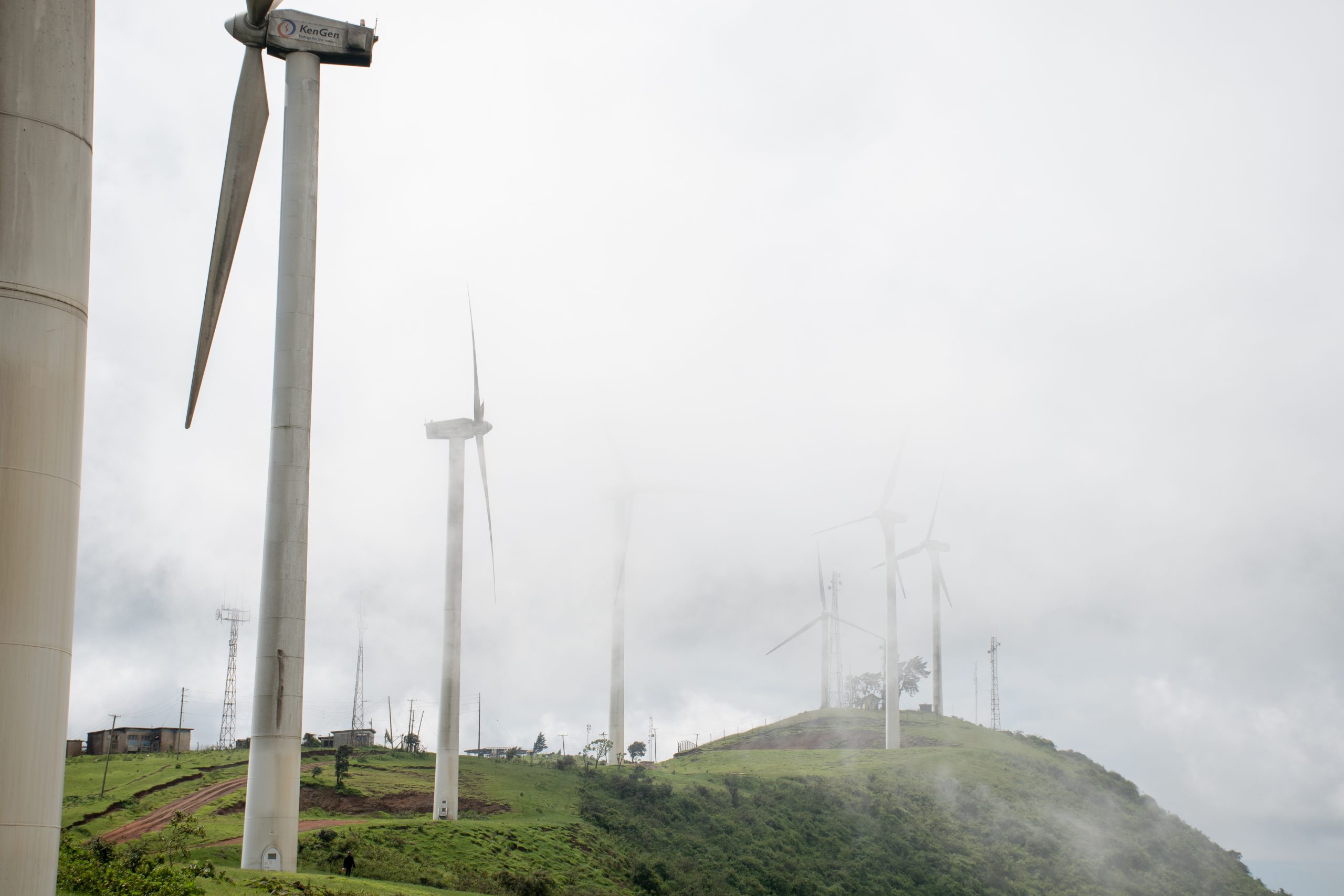
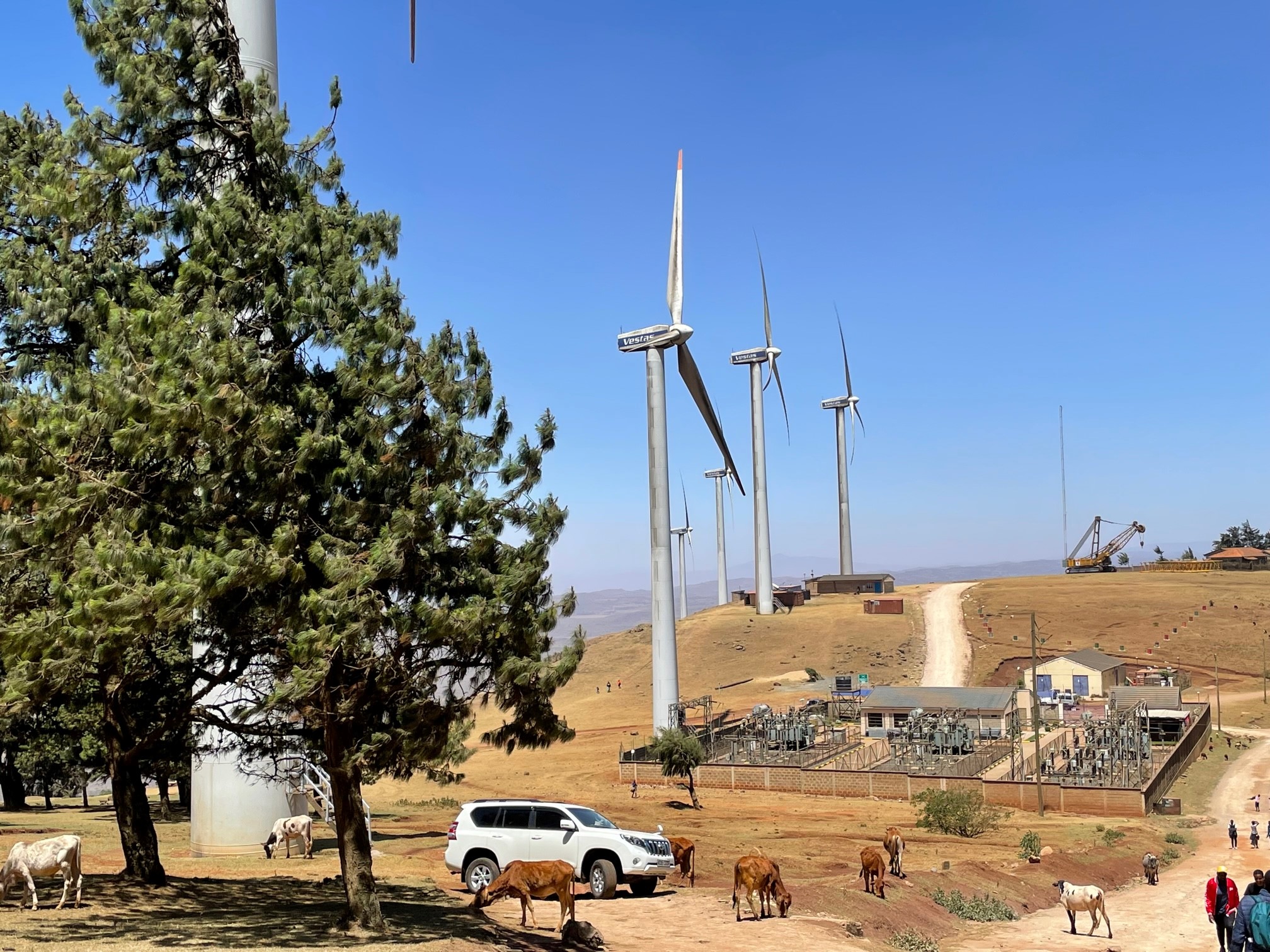
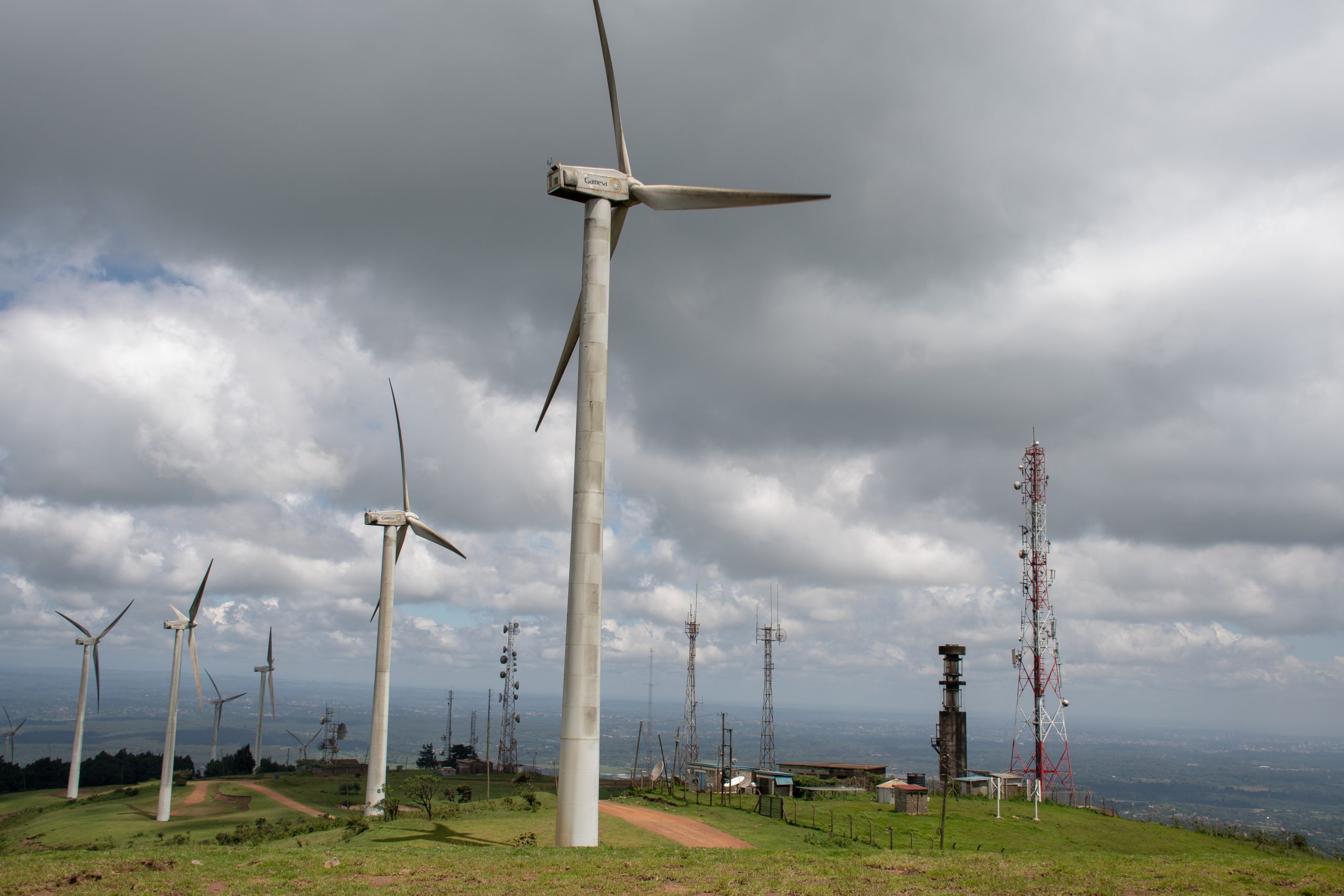
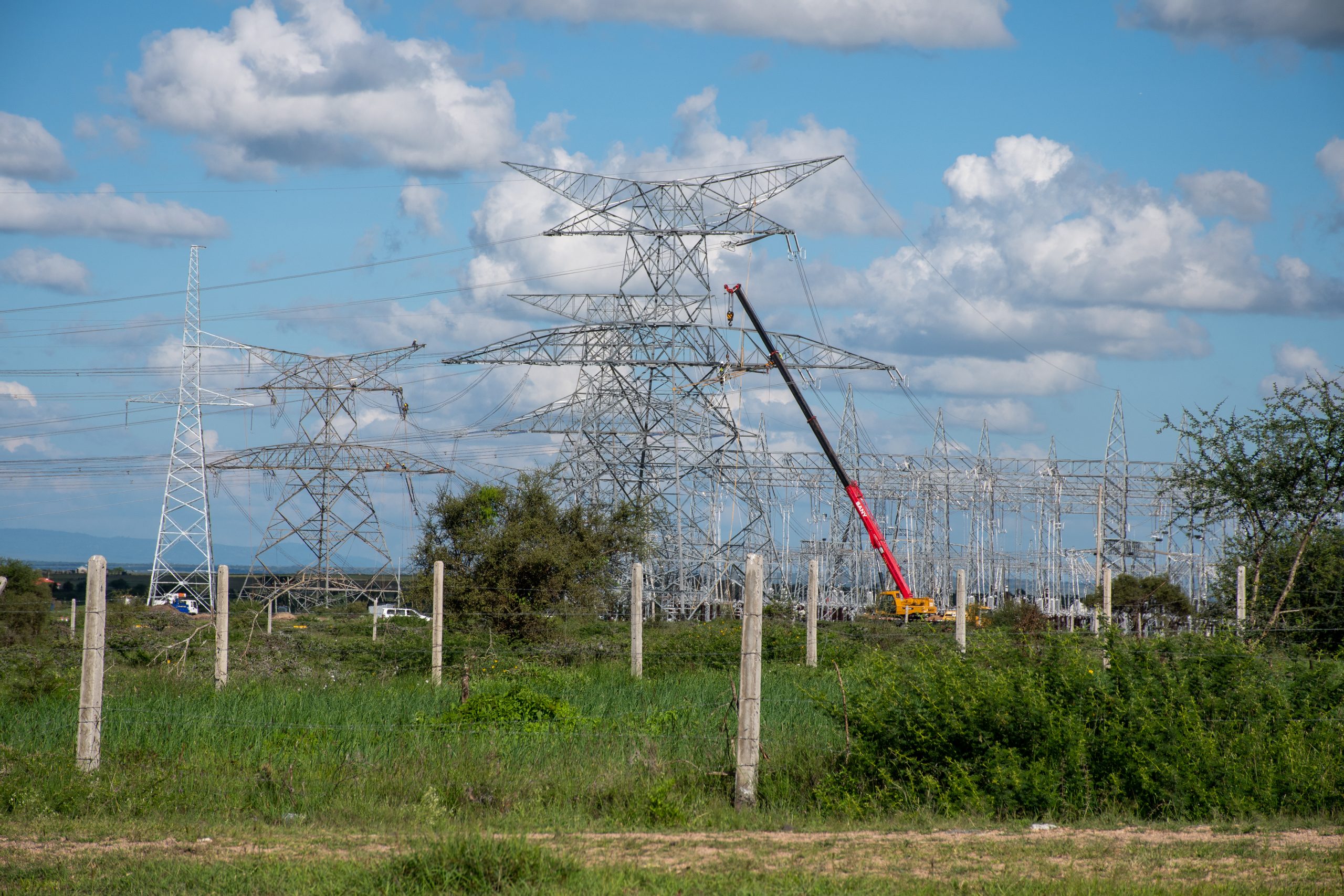
Leader in renewable electricity generation
Kenya currently has an installed capacity of 3.3 GW, of which 73% is renewable energy from geothermal, hydro, wind and solar. In the reporting year ending June 2023, 85% of electricity generated was from renewable energy (RE) resources, and with good hydropower, RE-generated electricity rises to around 90%. This makes Kenya one of the few countries with a very high share of RE electricity in its grid. The Government of Kenya remains committed to reducing the cost of electricity to increase competitiveness in the development of an industrialising economy. Reducing thermal power generation (which accounts for 5% of generation, mostly during peak demand), which is affected by global oil prices and currency fluctuations, is one of the solutions being implemented, but there is a need to increase baseload generation from RE and increase short-term storage solutions to meet peak demand. Electricity demand is projected to grow at an annual rate of 5.3%.
A global hub
As one of the most advanced economies in East and Central Africa, Kenya offers a low-risk environment characterised by political stability, a robust financial sector, advanced telecommunications and internet access, and a developed logistics hub with global connectivity. Kenya is also a gateway to other East African countries, including Uganda, Rwanda, Burundi, South Sudan and the Democratic Republic of Congo. This provides an opportunity for Kenya to offer regional green hydrogen and Power-to-X solutions and products.
Power-to-X resources: water and CO2
Water is an important resource for the production of green hydrogen from the electrolysis process. Kenya is a water scarce country with most of its land classified as arid and semi-arid. To ensure sustainable green hydrogen production, seawater could be considered and a cost-benefit analysis of desalination (co-benefits such as the provision of clean water to communities around the project) and the environmental impact of by-products of desalination such as brine could be investigated.
Carbon dioxide is another key input to the PtX process for the production of chemicals and synthetic fuels for aviation and shipping. Kenya’s geothermal sites emit natural CO2 into the atmosphere. They could be used as a point source for PtX production and fed into a closed carbon cycle, thereby also reducing CO2 emissions from the geothermal plants and reducing reliance on CO2 from crops that would impact on competing land uses for food and energy.
In the spotlight: green fertiliser and Sustainable Aviation and Maritime Fuels
Kenya imports all its fossil fuel products, including fertiliser and petroleum products for energy and logistics. To reduce dependence on imported fertiliser, which is subject to external shocks such as geopolitical events, Kenya needs to develop green fertiliser production from renewable energy sources, which would strengthen its food security. Globally, Kenya is part of the international maritime and aviation organisations and as a signatory is part of the targets to reduce emissions in the maritime and aviation sectors. The production of Sustainable Maritime and Aviation Fuels will not only reduce dependence on fossil fuels, but will also ensure that Kenya exports agricultural products in a sustainable manner, where its products would command premium prices in the global market.
For example, Kenya exports over 200,000 tonnes of flowers annually to Europe, the Middle East and Asia, valued at EUR 826 million (USD 900 million), accounting for 1.3% of the country’s GDP. The flower value chain from farm to market is highly energy intensive, including fertiliser application, heating, cooling and transport. Power-to-X can play an important role in reducing the carbon footprint of exported flowers in various parts of the value chain, including the use of sustainable fuels for logistics, refrigeration and agro-photovoltaics for other energy needs. This would provide a premium product that is considered green.
The PtX Hub’s work in Kenya at a glance
Policy advisory on PtX potentials, sustainability, standards, and certification
- Analysing Kenya’s potential for PtX concepts including Sustainable Aviation and Marine Fuels
- Conducting feasibility studies and preparing business cases
- Cooperating on aspects of sustainability and certification in the context of Power-to-X
Developing capacities of stakeholders in the public sectors and academia in Kenya
- Implementing trainings, sector-specific modules and Train-of-Trainers programmes
- Supporting dialogue formats and stakeholder processes for sectors such as aviation and shipping
- Collaborating with the financial and private sector
If you are interested to find out more about the work of the PtX Hub in Kenya, contact our project lead: Kevin Mwangi.
